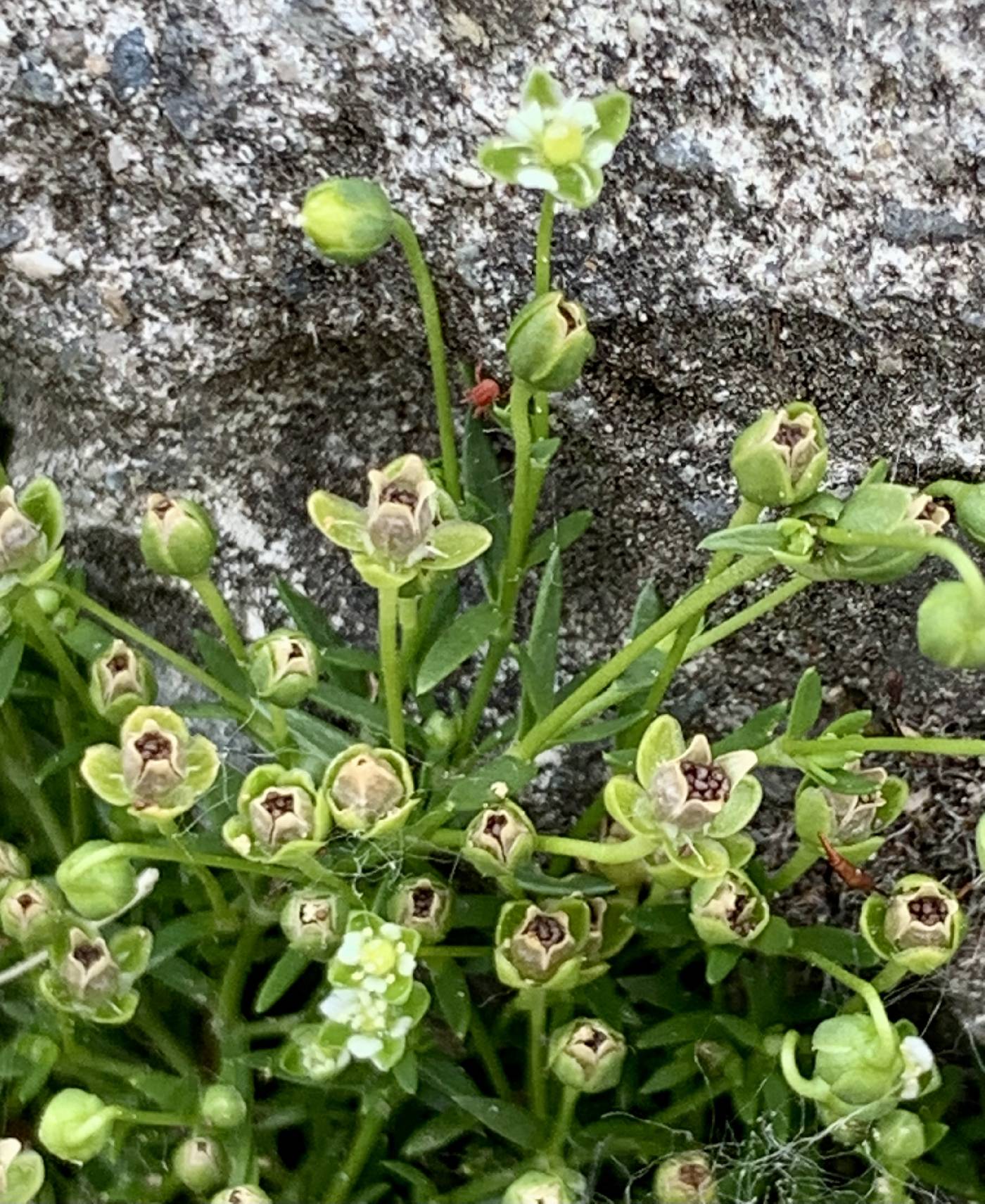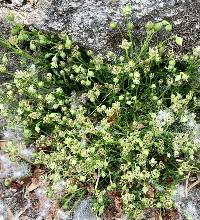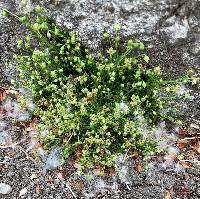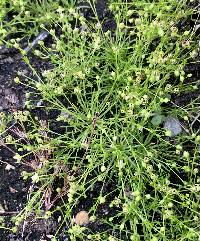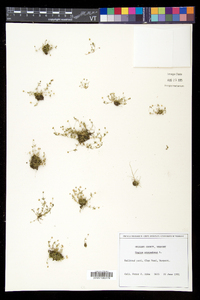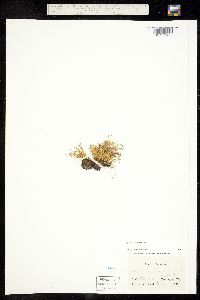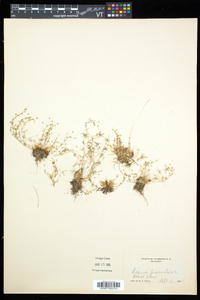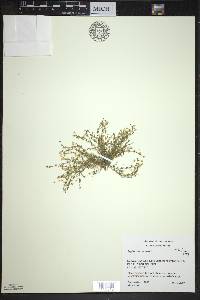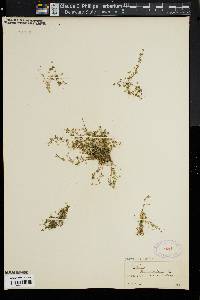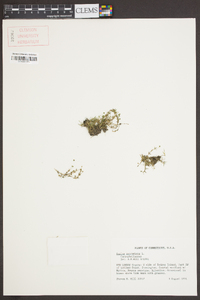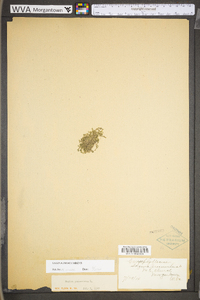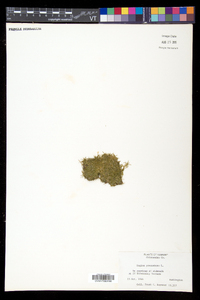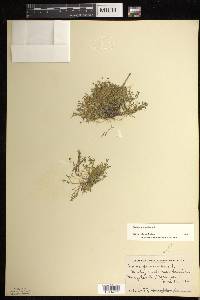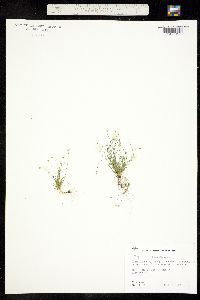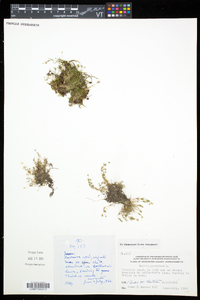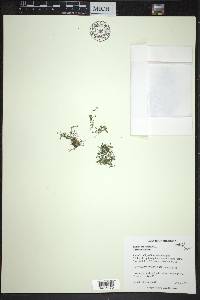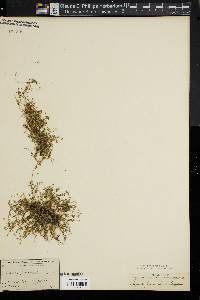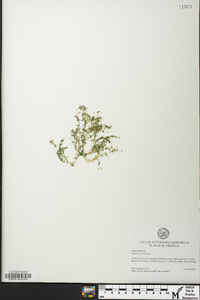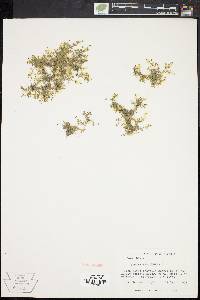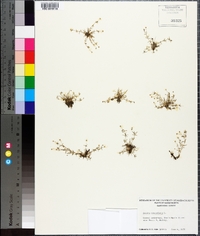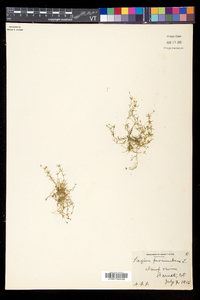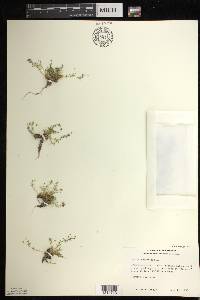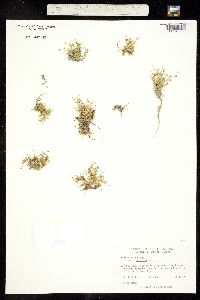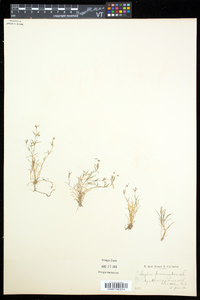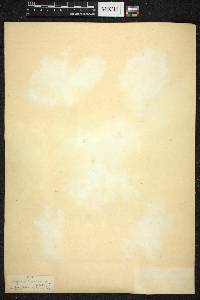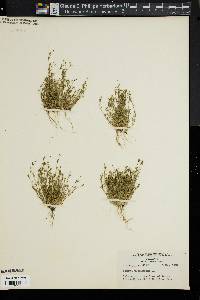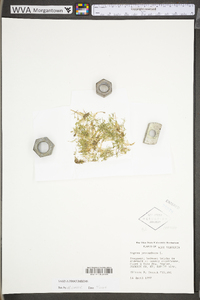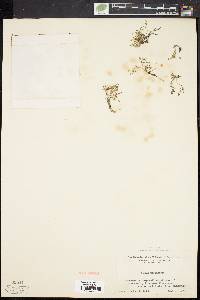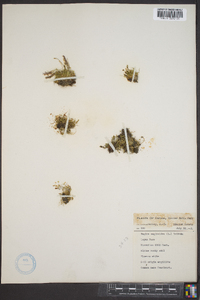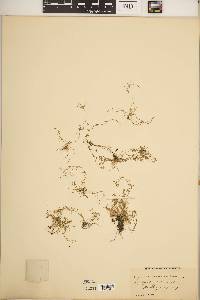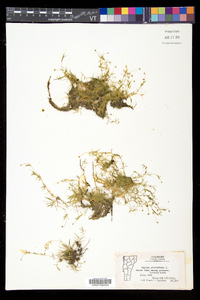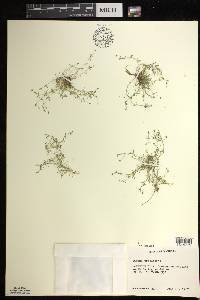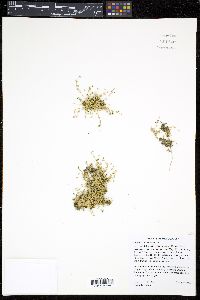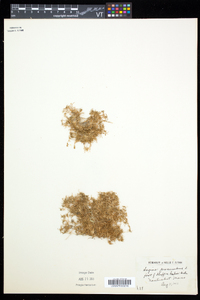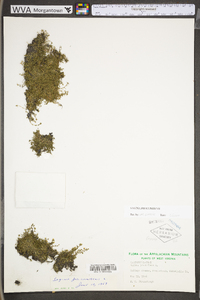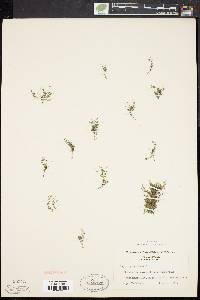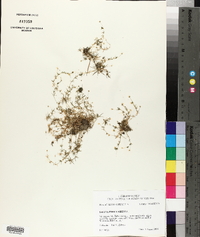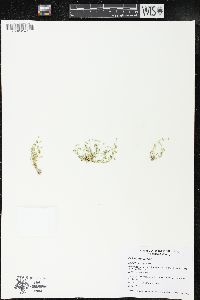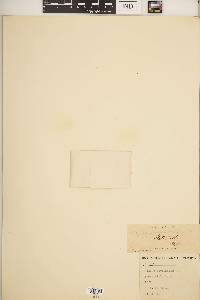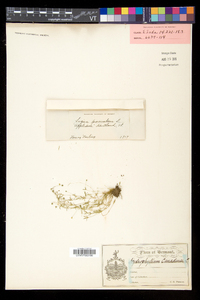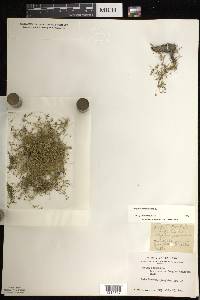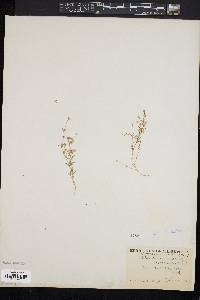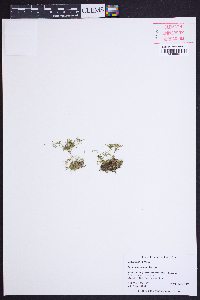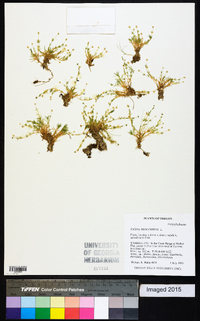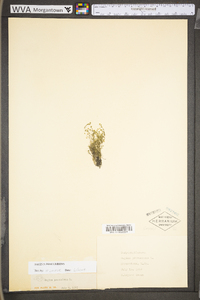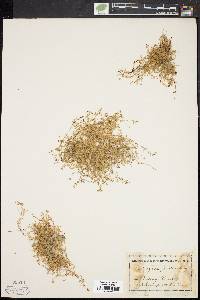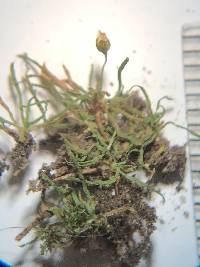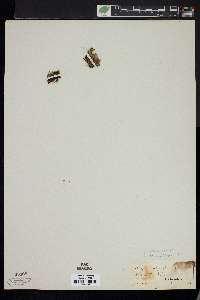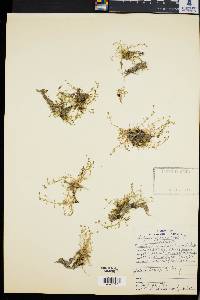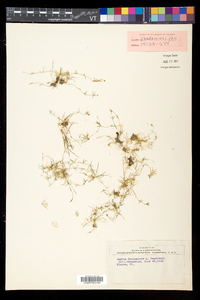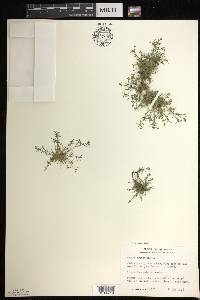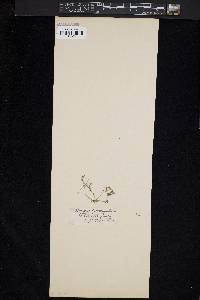Sagina procumbens
|
|
|
|
Family: Caryophyllaceae
Bird-Eye Pearlwort
|
Plants perennial, often mat-forming, glabrous. Stems as-cending or, more frequently, procumbent, rooting at nodes, giving rise to secondary tufts or rosettes, few- to many-branched, slender. Leaves: axillary fascicles often present on procumbent stems; basal frequently in primary rosettes in younger plants; blade linear, 8-17 mm, herbaceous, apex apiculate to somewhat aristate, glabrous; cauline not conspicuously connate basally, never forming an inflated cup, blade linear, 4-15 mm proximally, becoming shorter toward apex, 2.5-6 mm distally, sometimes slightly fleshy, apex apiculate to aristate, rarely with minute glandular cilia. Pedicels frequently recurved during capsule development, filiform, glabrous. Flowers axillary or terminal, 4-merous, occasionally 4- and 5-merous; calyx base glabrous; sepals elliptic to orbiculate, 1.5-(-2.5) mm, hyaline margins white, never purple tinged, apex obtuse to rounded, appressed during capsular development, divergent following dehiscence; petals (1-)4(-5), orbiculate to elliptic, 0.8-1(-1.5) mm, shorter than or equaling sepals, or sometimes absent; stamens 4 (8). Capsules (1.5-)2-2.5(-3) mm, slightly exceeding sepals, dehiscing to base. Seeds brown, obliquely triangular with distinct abaxial groove, (0.3-)0.4(-0.5) mm, smooth to pebbled. 2n = 22. Flowering late spring-early fall. Weedy, wet or damp, gravelly or sandy soils along roadsides, sidewalk cracks, margins of paths or lawns, pond and lake margins, coastal rocks and sands, sea cliffs; 0-3500 m; introduced; Greenland; St. Pierre and Miquelon; B.C., N.B., Nfld. and Labr. (Nfld.), N.W.T., N.S., Ont., P.E.I., Que.; Alaska, Ark., Calif., Colo., Conn., Del., Idaho, Ill., Iowa, Maine, Md., Mass., Mich., Minn., Mont., N.H., N.J., N.Y., N.C., Ohio, Oreg., Pa., R.I., Utah, Vt., Wash., W.Va., Wis.; Europe; introduced in Mexico (Chiapas, México), Central America (Costa Rica, Guatemala), s South America (Bolivia, s Argentina), Asia (w Siberia), Antarctica (sub-Antarctic Islands). Perennial herb with a slender taproot, often mat-forming 2 - 10 cm tall Stem: slender, ascending to prostrate, few to much-branched, rooting at the nodes. Leaves: opposite (basal leaves often in a rosette), fused at the base (but not conspicuously), stalkless, 3 mm - 1.5 cm long, up to about 1 mm wide, reduced upwards down, linear with a pointed or bristly tip, one-veined. Flowers: one or few at branch tips, some axillary, white. Stamens as many as the sepals, opposite the sepals. Styles four or five, alternate with the sepals. Sepals: four or five, distinct, more or less spreading, green with white margins, 2 - 2.5 mm long, elliptic to orbicular with a blunt to rounded apex, scarious-margined (dry, thin, and membranous). Petals: four or five, sometimes none, white, about 1 mm long, shorter than or equal to the sepals, orbicular to elliptic. Fruit: a dehiscent capsule, 2 - 3 mm long, slightly exceeding the sepals. Seeds numerous, brown, tiny, more or less triangular, flattened, grooved. Similar species: No information at this time. Flowering: late June to mid-July Habitat and ecology: Introduced from the southern states. Found on paths, moist lawns, in sidewalk cracks, and between paving bricks and patio blocks. Occurence in the Chicago region: non-native Etymology: Sagina means fodder or nourishment, coming from the belief that sheep fattened well in pastures where the plant grew. Procumbens means prostrate, referring to how the plant grows. Author: The Morton Arboretum Glabrous, branching perennial, prostrate to ascending, the stems 2-10 cm; lvs linear-subulate, 3-10(-15) mm, to about 1 mm wide, mucronate or shortly aristate, sometimes minutely ciliate, frequently subtending short shoots or lf-fascicles; fls solitary or few at the tips of the stem and branches, or some of them on axillary pedicels, often nodding after anthesis, but finally erect; sep 4(5), 2-2.5 mm, spreading after maturity; pet shorter than the sep, or none; stamens as many as the sep; fr about equaling the sep, commonly 2-3 mm; seeds 0.3-0.5 mm, flattened, obliquely triangular, sulcate along the 2 dorsal angles, very finely roughened; 2n=22. Moist soil and rocky places, often a weed in paths or pavements; circumboreal, s. in Amer. to Md., Mich., and Kans. Summer. Gleason, Henry A. & Cronquist, Arthur J. 1991. Manual of vascular plants of northeastern United States and adjacent Canada. lxxv + 910 pp. ©The New York Botanical Garden. All rights reserved. Used by permission. |

